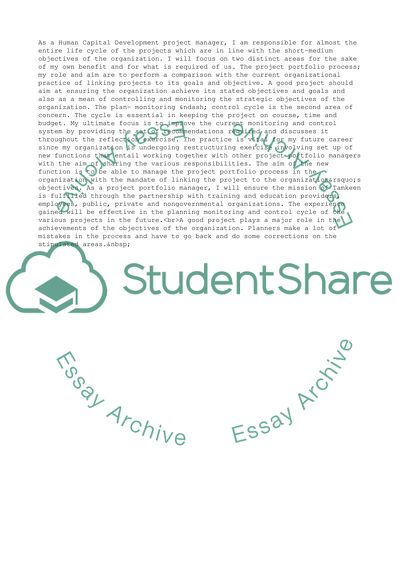Cite this document
(Project Management Practice, Generic or Contextual Dissertation - 19, n.d.)
Project Management Practice, Generic or Contextual Dissertation - 19. Retrieved from https://studentshare.org/management/1854936-project-management
Project Management Practice, Generic or Contextual Dissertation - 19. Retrieved from https://studentshare.org/management/1854936-project-management
(Project Management Practice, Generic or Contextual Dissertation - 19)
Project Management Practice, Generic or Contextual Dissertation - 19. https://studentshare.org/management/1854936-project-management.
Project Management Practice, Generic or Contextual Dissertation - 19. https://studentshare.org/management/1854936-project-management.
“Project Management Practice, Generic or Contextual Dissertation - 19”, n.d. https://studentshare.org/management/1854936-project-management.


